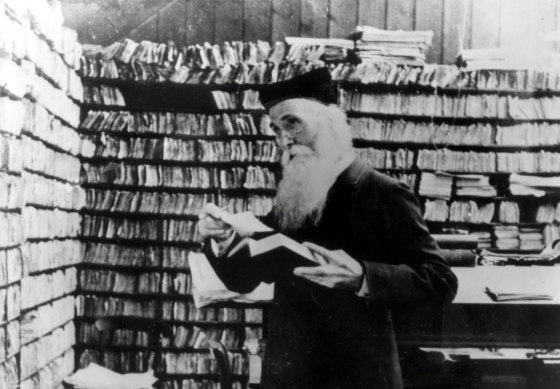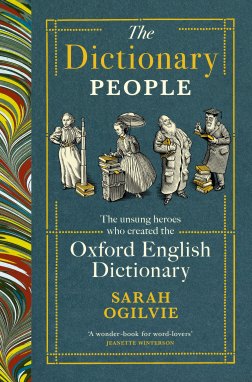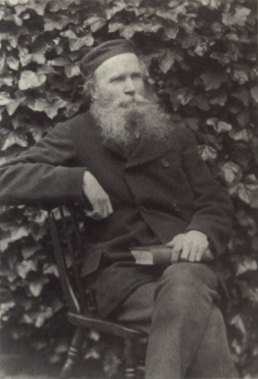
There is no sadder place on the internet than an Instagram film account. They are all the same: fuzzy, well-chosen screenshots of beautiful people with easily-digestible quotations overlaid. (Every time I consider reposting these to my story, usually at 2am, I cringe and leave it in my saved folder: the second saddest place on the internet.) The only theme is love, more specifically heartbreak, which plays well on Instagram. Where else do heartbroken people go? And you would think, from these accounts, only a handful of films had ever been released: the Before Sunrise trilogy, In the Mood for Love, anything by Greta Gerwig, a television exception for Normal People. Tales of unrequited, lost, fragile love. Another touchstone? Lost in Translation.
Somehow, Translation is now 20, and it feels as fresh as anything from the past year. It helps that director Sofia Coppola’s unhurried, impressionistic vision has stayed in style. Scarlett Johansson plays Charlotte, a self-described “mean” Yale graduate, who’s in Tokyo while her photographer husband, John (Giovanni Ribisi, perfect in his small role), is working. After a few close encounters, mostly at the hotel bar, she strikes up a friendship with faded movie star Bob Harris (Bill Murray), who is shooting a campaign for Suntory whisky. These jet-lagged characters are disgusted by their networks: publicists, valley girls, nagging wives, distant boyfriends. Thus the May-December relationship blossoms, over karaoke, and drinks, and meals in a foreign city.
Nothing in Translation should be relatable: the proximity of celebrity, the cost of a room at the Park Hyatt (around £1000 a night), having a week to spend in Tokyo with no financial worry. But it connected, making almost $120 million on a $4 million budget. Coppola won the Oscar for Best Original Screenplay. You see Translation’s legacy everywhere, not just in Tokyo, where there are film-related tours of the city, but also in the following decades at the cinema. Elements of Charlotte lived on in the dream girls to come: Zooey Deschanel in (500) Days of Summer, Kirsten Dunst in Elizabethtown, Kate Winslet in Eternal Sunshine of the Spotless Mind. It lives on in direct references, from Shawn Mendes’ 2018 video for “Lost In Japan” to Johansson’s pink wig to the American success of Phoenix (the French band’s lead singer is now married to Coppola).
When Translation came out, the eldest millennials were 22, around Charlotte’s age. Millennials are not the first to question their life’s purpose or feel stuck (and Coppola, born in 1971, is not one), but that doesn’t mean they don’t feel those things acutely: a generation with lots of options, and even more challenges. Those challenges – recessions, impossible job markets, unaffordable housing – may have existed before, but their impact became a running theme in contemporary coming-of-age films, in which characters wrestled with expectations and reality. A year later, Zach Braff’s Garden State touched on similar themes and became a success (though it has not enjoyed the same critical legacy as Translation). Listless, stunted adult characters populated the mumblecore genre, from Funny Ha Ha (released a year before) to later entries like Frances Ha and Celeste and Jesse Forever.
Translation is an irresistible vessel for those feelings. If the film were set even five years later, Charlotte would be scrolling on an iPhone. Nowadays, she’d be swiping on an app or else uploading to Instagram about how happy she is while actually being miserable. Frozen in a just-before time, Translation channels a lot of anxiety without any of the tools that amplify those anxieties. There is some irony in all the people you know on Instagram who have posted from the Shibuya crossing, depicted in the film: Charlotte would surely roll her eyes at this, snottily. And for younger viewers, it helps that Bob is also in crisis mode: a sign that it is both normal, and if you are really lucky and turn things around at quarter-life, perhaps you can avoid this feeling later.
Coppola had directed her debut, an adaptation of Jeffrey Eugenides’ The Virgin Suicides starring Kristen Dunst, a few years earlier to critical acclaim (that film has only grown in stature since its 1999 release, too). Translation has the impossibly cool origin story that only a film directed by a Coppola child (her dad is filmmaker Francis Ford and her mother is documentarian Eleanor) could have: she travelled to Tokyo for work experience and found herself listlessly wandering around. Coppola is not the first Westerner to be inspired and alienated by an Asian city, nor will she be the last. There are justified critiques that Translation falls into stereotypical traps, but that is the point: this is a film about lost Americans who barely leave their hotel rooms, not Japanese culture. Besides, it easy to believe that Coppola loves this city. More specifically, her camera loves this city: it glides over motorways, and skylines, and billboards, and neon signs with a fuzzy, miraculous ease, as though Coppola cannot believe this place exists.
Mystery is the name of the game, and a significant aspect of Translation’s enduring legacy. The final scene – in which Bob whispers unknown words into Charlotte’s ear – is perhaps the most enduring enigma. The kiss was improvised, and no one apart from Johansson, Murray and Coppola knows what was said (and good luck getting an answer from them). YouTube videos have since tried to decode it by manipulating the sound, but it is nicer to believe that puzzles still exist.
Its other, and this one is more intriguing, is the relationship between Bob and Charlotte, not solely platonic, but not precisely romantic. “It was more about those relationships that you have that are more than friends but less than a love affair,” Coppola told The Independent on the film’s UK release. “There’s something so sweet about them that you don’t want to see them ripping each others’ clothes off.” Like many of the best relationships, Charlotte and Bob instantly find home in each other: a place where you can ask questions and, even if you don’t receive an answer, feel heard.
In the scene which most obviously epitomises that dynamic (and one that film accounts commonly repurpose), Charlotte confesses that she has no idea what she wants to be to Bob, while they lay in bed. She tried being a writer, but hated what she wrote. She tried taking pictures, but hers were so mediocre: “Every girl goes through a photography phases, like horses, you know, dumb pictures of your feet…” Bob tells her to keep writing, which is sound advice. Translation is comforting because you’re never in doubt that Charlotte is going to be absolutely fine. Yes, she is privileged, but she is also intelligent and sensitive and the film validates that worldview. That self-awareness, feeling lacklustre and unambitious despite education and resources, is another relatable trope of millennial culture.
“Why do you have to be with your opposite, why can’t similar people be together?” Charlotte asks towards the end of her sleepover heart-to-heart with Bob. “Because that would be too easy,” he answers, a response that your least philosophical friend would reel off, and yet somehow feels momentous. Translation is often like this: feather light, and serious as a paper cut. What Coppola pulls off, unique even among her remarkably high-quality oeuvre, is infinite interpretation: a Rorschach test for each viewer. Are you content, sad, in love, heartbroken, full of wonder, exhausted? There is an answer here, should you wish to find one.
A 17-second video of that scene, posted this past summer on TikTok, has been played almost 90,000 times. Videos posted under the film’s hashtag have amassed 379.5 million views on the platform. When you search the film on Instagram, as one might do at 2am, you will be greeted by thousands of glittering stills of Bob and Charlotte, smoking at a bar, resting their heads on each other in a lift, or catching sight of one another in a crowd. Read, if you can, the comments: a wave of tear-stained and broken heart emojis, proclamations of loneliness and uncertainty and understanding exactly what the characters are going through. That is the lovely, legacy-defining trick of Coppola’s film: how, in its depiction of isolation, it has managed to connect so many, decades after its parting, inscrutable whisper.












/cdn.vox-cdn.com/uploads/chorus_image/image/72611838/C0FBB206_C06C_4ED6_B991_9BC4D456AE17.0.jpg)